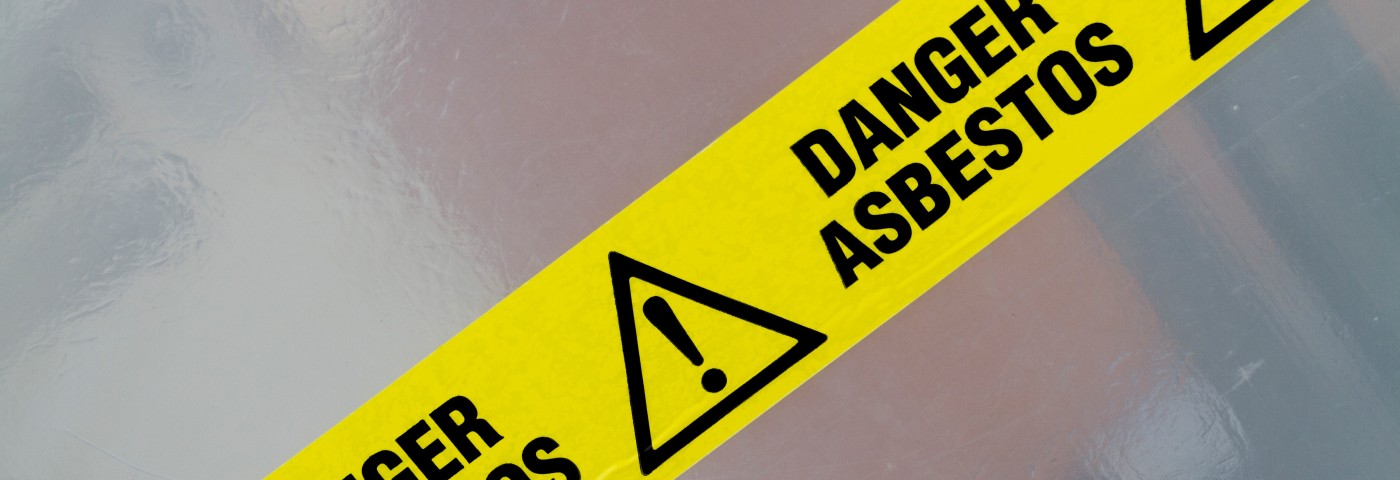The U.S. Environmental Protection Agency (EPA) recently announced the final remedial plan for cleaning the Libby and Troy communities affected by the Libby Asbestos Superfund Site in Northwest Montana. The decision comes over 10 years after the site was placed on the EPA’s National Priorities List, and includes a final cleanup aligned with work done over the past several years.
Several hundred properties in the two communities are still affected by asbestos and in need of cleanup, the agency said in a news release.
The plan was selected after a 90-day period of public comment and review. Forested areas and the former vermiculite mine present in the region will be addressed in a a separate action. Under the final remedial plan, the EPA will continue to replace asbestos-contaminated soil with clean dirt, and will remove and dispose contaminated building materials at the remaining properties.
The EPA’s risk assessment also confirmed that cleanup work done at the Libby site to date has been “protective,” and no further work is needed on properties that underwent complete asbestos removal actions, according to the assessment, released Nov. 20, 2015. Since 2002, when the superfund site was added to the priorities list, the EPA has examined over 7,100 properties and completed cleanup at 2,275 of them.
“This decision brings finality to more than 7,000 properties where EPA has taken action during the past 14 years,” said Shaun McGrath, EPA regional administrator in Denver. “It is our hope that this significant milestone will help this community continue to look forward.”
The EPA’s actions, coupled with widespread public concern about the health hazards of asbestos, have resulted in a significant decline in asbestos use in the U.S. Domestic consumption of asbestos amounted to about 803,000 metric tons in 1973, compared to about 2,400 metric tons by 2005.
According to EPA, a few hundred properties still are in need of cleanup and the agency expects to finalize the last phase of its work in the next two to three years. The agency is asking the owners of approximately 700 properties to contact its Libby Information Office at 406-293-6194.
A copy of the EPA’s decision document is available at www.epa.gov/superfund/libby-asbestos.
Mesothelioma — a cancer that most commonly attacks the lungs and abdomen — was exceedingly rare until industrial and commercial companies expanded the use of asbestos in the early 20th century. After spending decades investigating the disease and its causes, medical researchers identified one primary culprit: exposure to asbestos.


